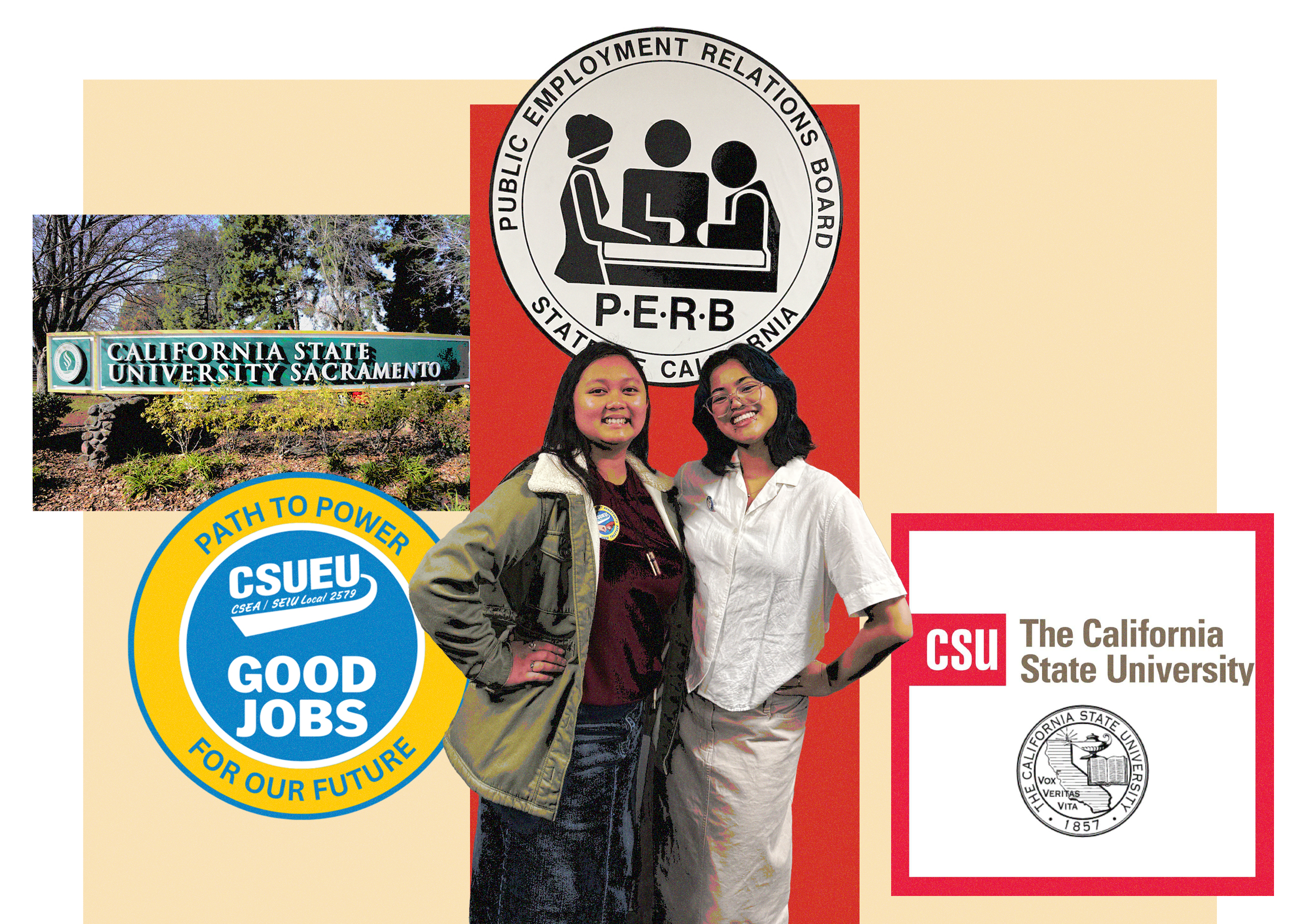
For Lynn Chan, a 20-year-old nutrition major at Sacramento State University, it’s not her classes that occupy most of her time during the day or homework that keeps her up all night. Instead, as a resident advisor, or RA, in a large apartment-style dorm on campus, she says she sometimes spends more than 40 hours a week organizing events, mediating conflicts and otherwise tending to the needs of 56 fellow students.
“I really love being an RA and getting to help new residents build community, but the workload can be overwhelming,” said Chan, who gets free campus meals and university housing in exchange for her work. “We don’t get enough support.”
That’s why Chan and other RAs are seeking to unionize 1,400 RAs across California State University’s 20 campuses, and join a swell of unionization among RAs nationwide. They are now waiting on CSU’s response to a March petition to join an existing union, with a deadline of April 9.
A response supporting the petition would likely result in the RAs being folded into the existing undergraduate student union. If CSU opposes the petition, however, state labor officials would conduct an investigation and, if necessary, a hearing before issuing a final decision.
The RA petition comes after several months of organizing across CSU campuses, building on a surge in undergraduate student organizing in California and nationwide.
RAs interviewed by Capital & Main cited a number of workplace improvements they would like to see, which include more counseling and mental health resources for RAs who have responded to traumatic incidents, additional compensation in the form of a financial stipend and formal pathways for RAs to provide input and voice concerns.
In March, the California State University Employees Union filed paperwork with the support of RAs like Chan with California’s Public Employment Relations Board, seeking to add RAs to the bargaining unit. The union is by far the country’s largest undergraduate worker union, comprising roughly 20,000 student workers doing everything from facility maintenance to helping out in the library. Formed in February 2024 after a two-year campaign, it is affiliated with the Service Employees International Union, and is still bargaining its first contract. (Disclosure: The SEIU is a financial supporter of Capital & Main.)
A CSU spokesperson said it was aware that the petition to add RAs to the bargaining unit had been filed and plans to file a response “in accordance with PERB regulations.”
“RAs have been a core of campus workers that have been organizing,” said William Herbert, executive director of the National Center for the Study of Collective Bargaining in Higher Education and the Professions at Hunter College. He pointed to an especially sharp increase in the last two years, with new unions that include RAs forming at nine schools — including Reed College, Columbia University and the University of Pennsylvania — with ongoing campaigns at Temple University and the University of Illinois, Chicago.
The growth in RA organizing reflects the explosion of undergraduate student organizing on college campuses. In 2024 alone, the number of undergraduate unions jumped from 19 to 31, and the number of unionized students skyrocketed from 3,515 to 22,135 — driven largely by the formation of the California State University Employees Union.
While RAs have much in common with other student workers, they point out that they have a special vulnerability: Their employer is effectively their landlord.
“If I hadn’t gotten the RA position, I would have had to withdraw,” said Chan, who will be the first in her family to graduate from college. Today, if she wants to object to anything about her job, she has to weigh that against the threat of losing free housing. (Studio apartments in Sacramento run from $1,000 to $2,500 a month.) “A union would help us hold our supervisors accountable without worry or fear,” said Chan.
For Blake Maxson, an RA in his third year pursuing a biochemistry degree at Cal Poly San Luis Obispo, St. Patrick’s Day weekend was a prime example of the pressures put on RAs.
Early in the quarter, Maxson said, university management expanded RA responsibilities to include at least two three-hour shifts from March 14 to 17, checking student IDs to make sure only dorm residents were on the premises. Some shifts ran between midnight and 6 am; the only added compensation was snacks and energy drinks. The new shifts came immediately before finals week.
“Management loves to tell RAs, ‘You’re a student first and an RA second,’” said Maxson. “But they have these expectations that we will put our RA responsibilities before our student responsibilities. [That] severely impacts our ability to be academically successful.”
“There is a lot of stress to make sure the residents are doing well,” echoed Chan. “There is no sense of urgency when it comes to our student life.”







